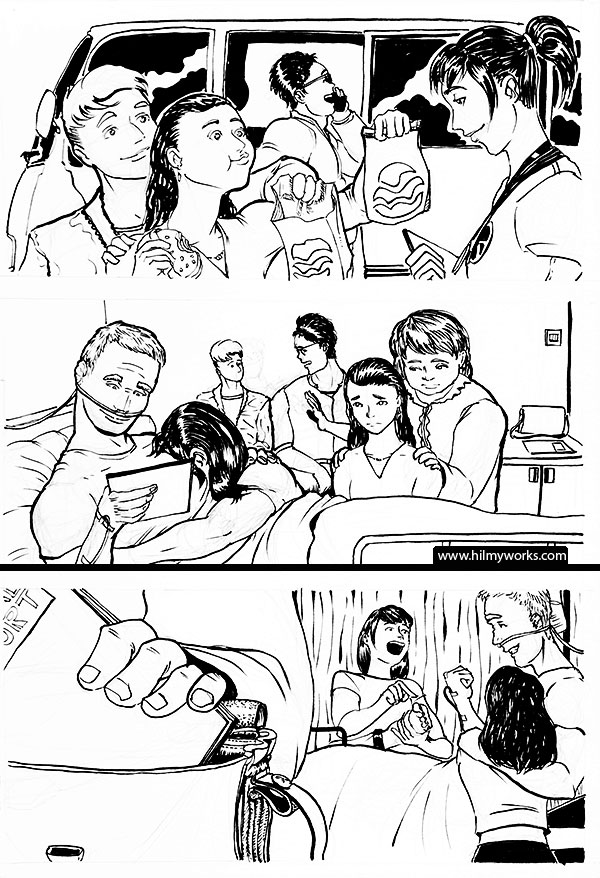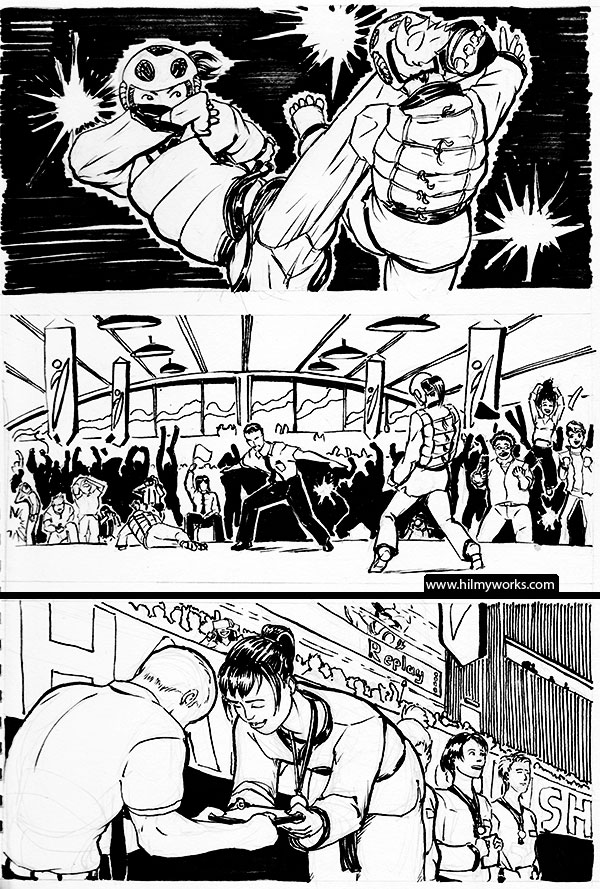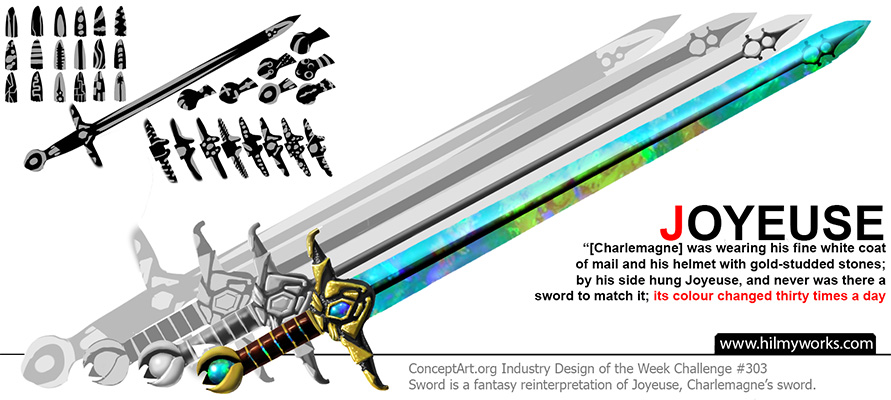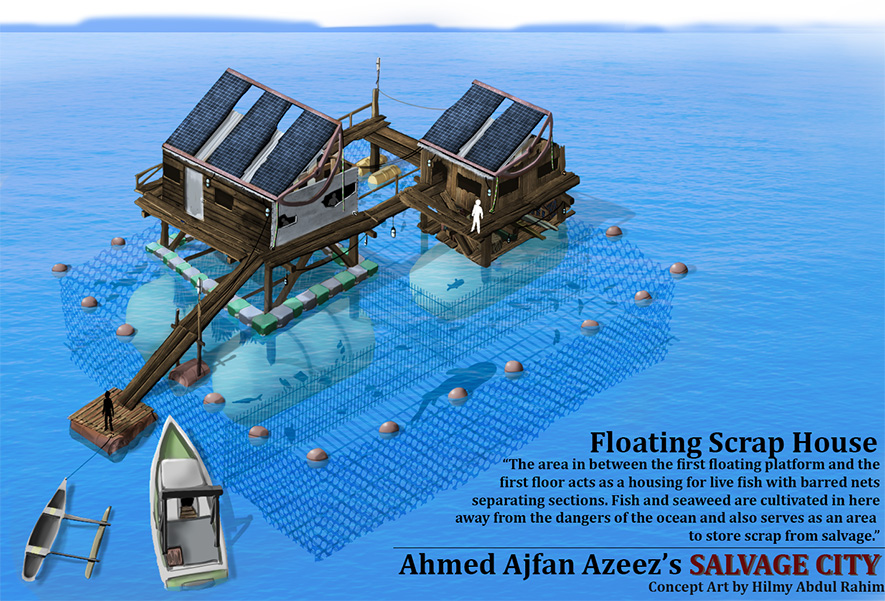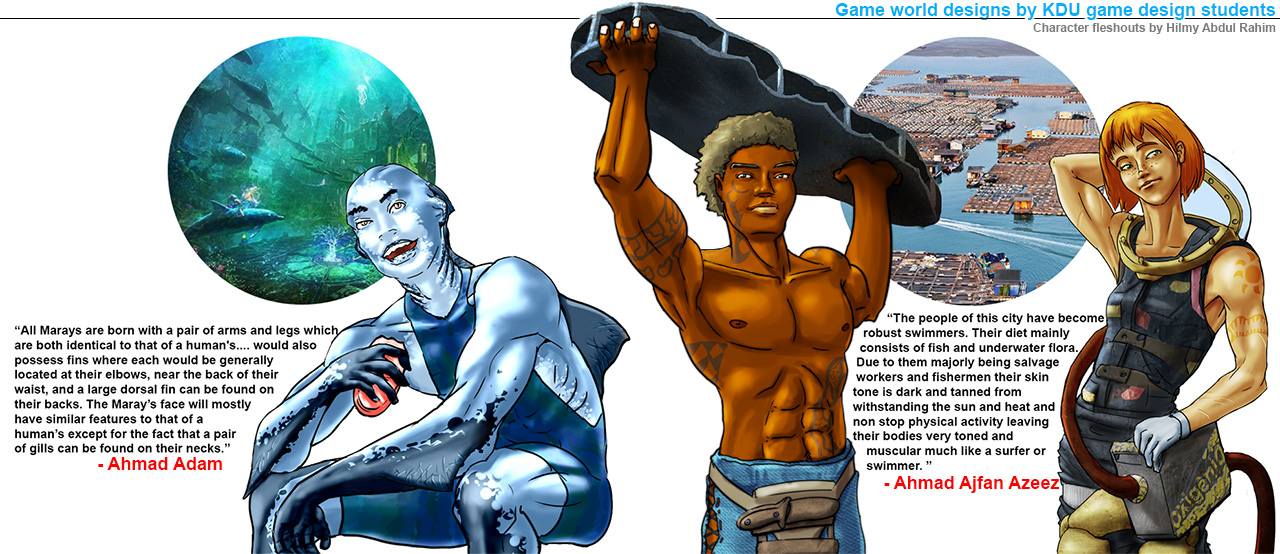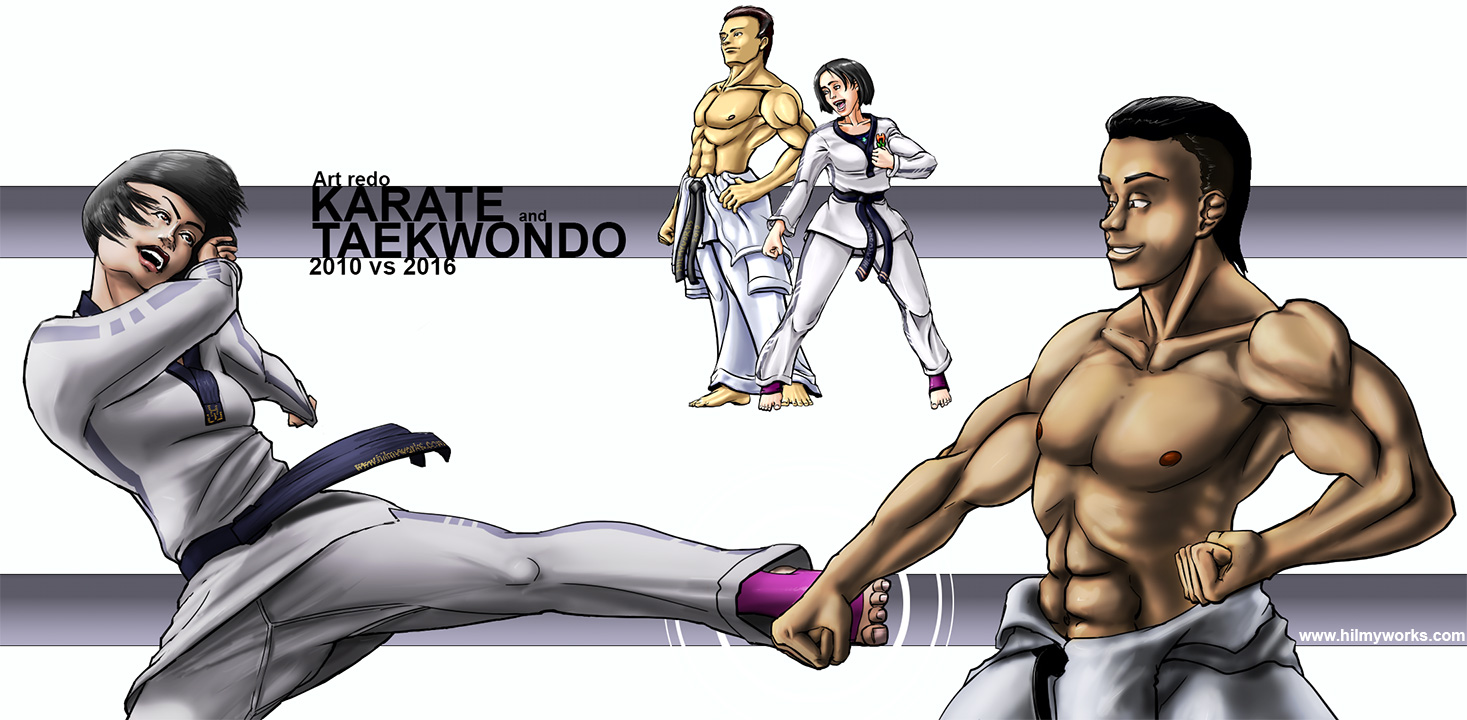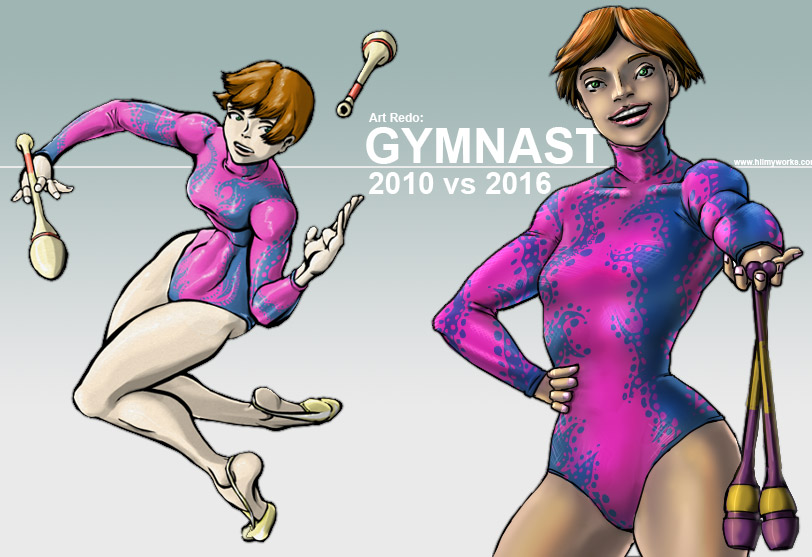4) Hungry
5) Sad
6) Hidden
Overextended Inktober 2016 1-3
Inktober 2016 was a bust. Even though I started the first Ink on the 1st, there was too much to last month – including two overseas conferences – to focus on an Ink a day. I could have if I went simpler, but I realized the investment is part of what makes the inking fun. Doesn’t meet the goal of Inktober though.
Nevertheless, the prompts for this year are useful; had an idea just from a cursory glance through the words. So let’s see if I can take it further.
So, 1-3:
1) Fast
2) Noisy
3) Collect
Building a procedural city generator in Unity
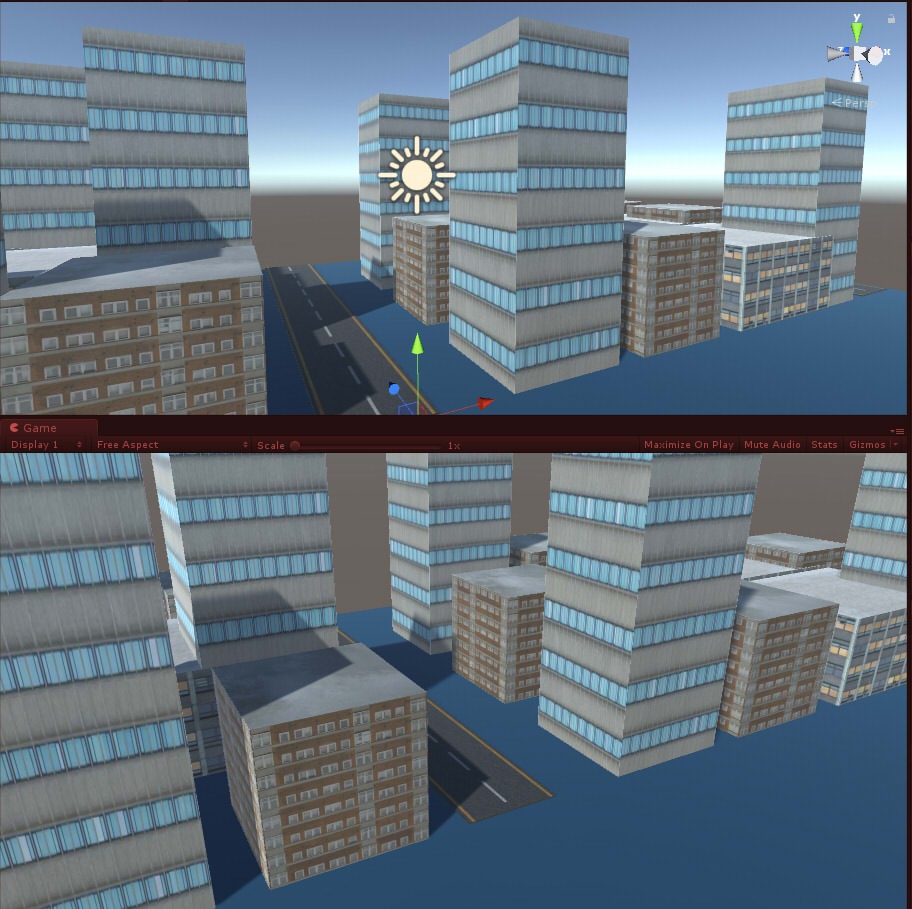
Procedural city generation is one of my main interests, and this article is a record of how I developed my own version from late 2016 till now.
The initial version was an adaptation of Unity’s Roll-a-ball tutorial. I started learning Unity on 2016, so with my limited understanding, I simply tried creating single Gameobject blocks with window textures, and tested the ability to randomly place the Gameobjects.
Prop design – Charlemagne’s sword Joyeuse
ConceptArt.org’s challenge was to redesign Charlemagne’s sword, Joyeuse. The sword is real, so the task is to reimagine it as a fantasy weapon.
The key features to the sword was that it changes color multiple times in a day, and it represented joyousness. More of a mass media weapon than a slaying device.
For the color feature, I settled on using opal as a material source. Opal was reputed to be a gemstone that changes color, even when the owner dies. The change of light throughout the day would change the refracted light from the sword, so it explains the color-changing feature. Continue reading
Environment Design – Photobash of a Floating Scrap House
Character Design – Waterbased worlds Character Fleshouts
Usability Testing Method for Design Students
Previously I posted on the prototypes my game design students did for their game design classes. This post is on one of the processes we used to improve the design of their prototypes: usability testing.
The research and application started in 2013 where I was looking into the best ways to teach design for design students. As cited, one of the strongest feedback received was to get the design students to create prototypes. The second strongest feedback I got was to train them to design based on feedback. That is, to collect data from users, and to create a design that would respond to the issues pointed out by said data.
I recognized the application; it’s what online games do when they track user behavior and adapt their game to maximize wanted behavior. It’s a process used by Facebook games in the late 2000s and being used now on data collected from users on mobile games. The feedback made sense in terms of keeping designers relevant.
That means figuring out how to do playtesting for designers in order for them to collect data to analyze. Continue reading
Art redo: 2010’s Karate and Taekwondo
Art redo: 2010’s Gymnast
Industrial Design – NeoTokyo Police Car
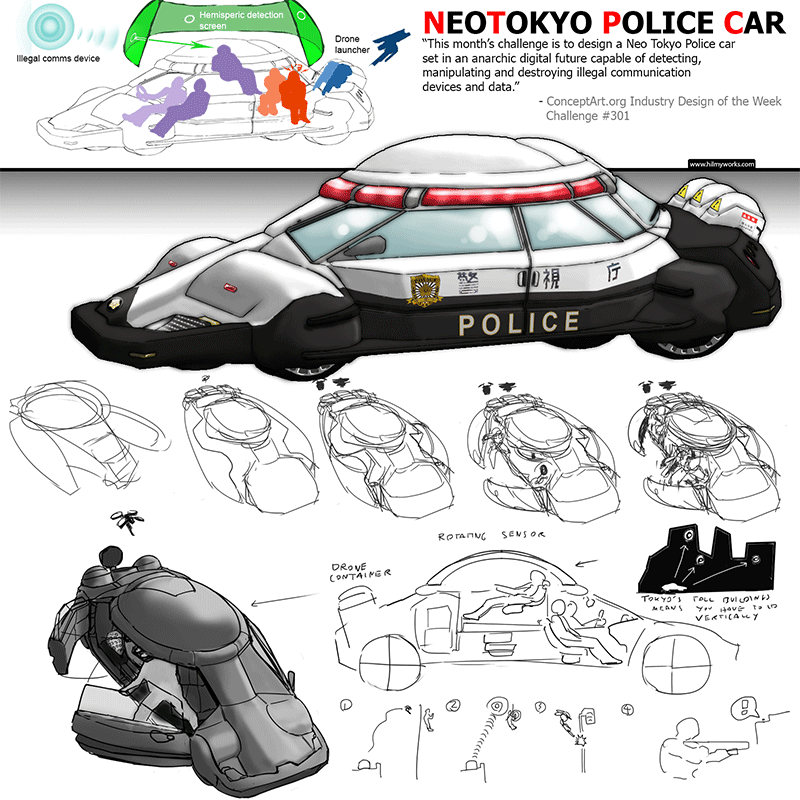
Tried out the Industrial Design Challenge of the Week at ConceptArt.org. The challenge is to design a police car made to track down illegal Internet comm sites.
Base idea was to have domed detector that can survey even tall buildings and pinpoint precise locations. Assuming futuristic Tokyo would be hard to navigate – with high-rises and complicated streets – drones will do the heavy work. The car will have a dedicated comms personnel surveying the site and managing the drones, while two police personnel will be able to go onsite and do arrests if needed.
